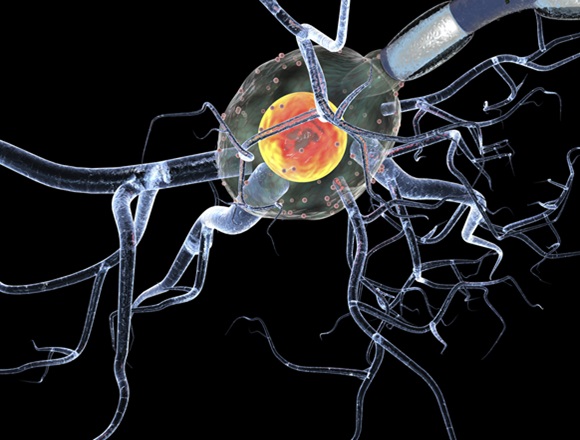Marianna Arvanitakis, MD, PhD, is a professor of medicine and head of the Clinic of Pancreatology and Clinical Nutrition at the Erasmus University Hospital in Brussels, Belgium. Her main clinical and research interests are pancreatic diseases, clinical nutrition, and endoscopy.
How to monitor the effectiveness of oral pancreatic enzyme supplementation in patients with chronic pancreatitis? When to increase the dose? Can pancreatic enzymes be overdosed? If yes, what are the signs and symptoms? Does the overdosing pose a risk to the patient?
Marianna Arvanitakis, MD, PhD: Exocrine insufficiency is quite a common problem in patients with chronic pancreatitis. It will appear in ~80% of the patients and it’s really related to the duration of this disease, so it’s something that we have to monitor and to assess regularly in our patients, either by asking them questions about their symptoms, if they have steatorrhea, or testing them for exocrine insufficiency with tests like fecal elastase or breath tests.
The treatment is pancreatic enzyme substitution, so we give them pancreatic enzymes. We start with 25,000 units for snacks and 50,000 units for meals, but we can increase these dosages according to the needs, and the monitoring is mostly done by following the clinical symptoms. We don’t need to do tests again, but if the patient has better control of the steatorrhea, it means that the enzymes are working. We can still increase the dose up to 40,000 units per snack or 80,000 units per meal. There is a quite good safety profile of pancreatic enzyme replacement therapy (PERT), so we can go up and the effect will be, when you reach the dose, that the [patient] is having constipation. That’s where you know that you’ve reached the dose.
If the patient is not responding, first you have to test for compliance, if they’re taking their enzymes correctly. [If that’s not the case], we can add proton pump inhibitors (PPIs) because that will decrease the acidity. [PERT usually includes] enteric-coated preparations that are released when the pH is >5, so in a less acid environment. So, PPI can help. Also, you have to be sure that they take the PERT—the enzymes—during the meal, not before the meal, but during the meal—throughout the meal really—to also simulate the physiological secretion. Finally, if there’s still no response, you have to, of course, exclude other problems related to diarrhea in this patient, such as bacterial overgrowth, to give antibiotics, or other problems.
 English
English
 Español
Español
 українська
українська










